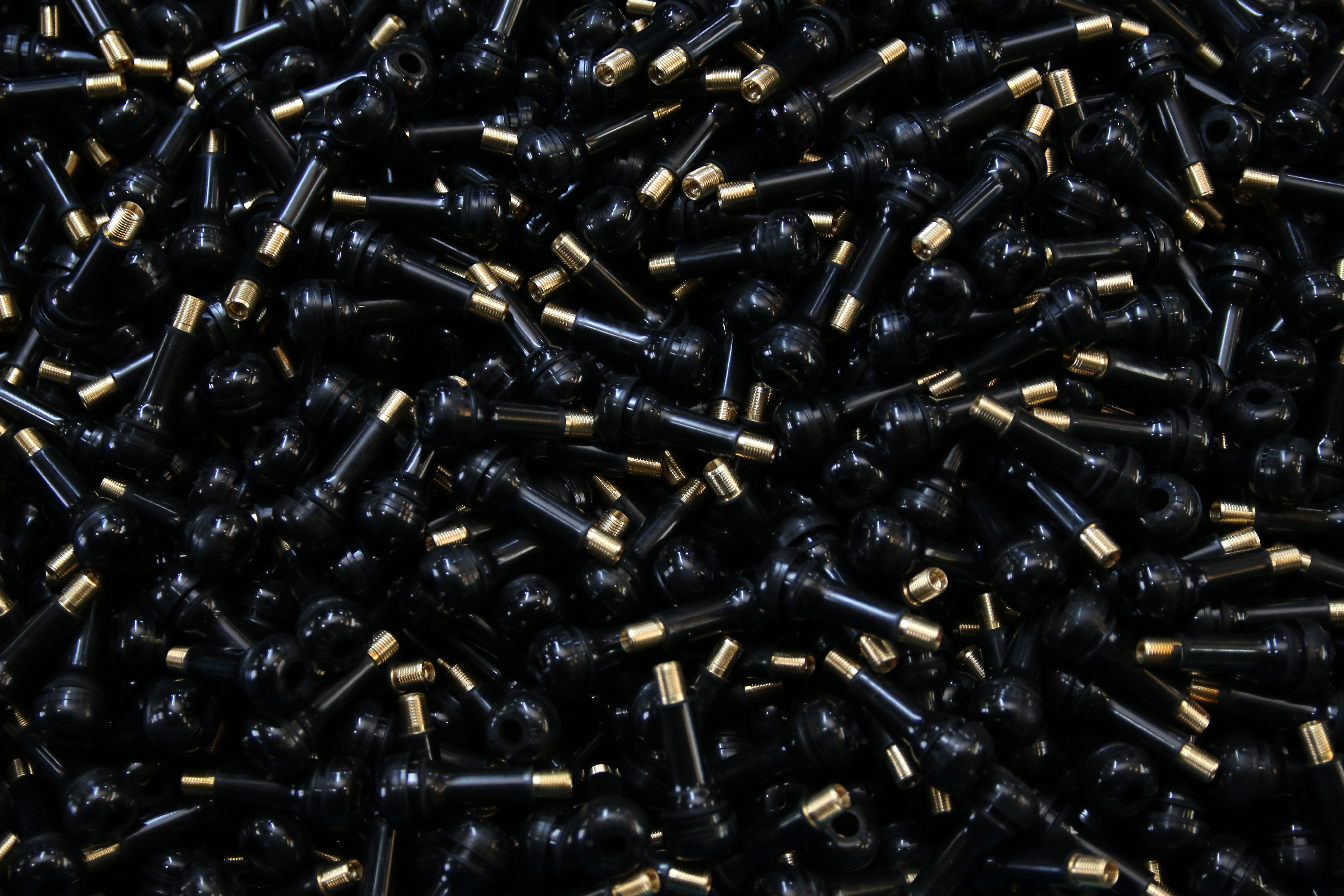The Difference Between Rubber Valve And Steel Valve
Rubber and steel valves serve distinct purposes in various applications. Rubber valves offer flexibility and cost-effectiveness, making them ideal for low-pressure systems. They excel in absorbing vibrations and impacts, which is why they are often preferred in off-roading vehicles. In contrast, steel valves provide durability and strength, suitable for high-pressure and industrial environments. Selecting the right valve is crucial for optimal performance and longevity. The choice between rubber and steel hinges on factors like temperature range, pressure requirements, and budget considerations.

Rubber valves play a crucial role in various applications due to their unique properties. They are often chosen for their flexibility and cost-effectiveness, making them a popular choice in many industries.
Benefits of Rubber Valves
Flexibility and Sealing
Rubber valves excel in flexibility, which allows them to absorb vibrations and impacts effectively. This characteristic makes them ideal for applications like off-roading vehicles, where they can handle rough terrains without compromising performance. The One Way Rubber Valve demonstrates excellent sealing properties, ensuring precise and controlled dispensing of products. This feature is particularly beneficial in applications requiring minimal leakage and maximum efficiency.
Cost-Effectiveness
Rubber valves offer a budget-friendly solution compared to their metal counterparts. They are lightweight and compact, reducing material and installation costs. The Rubber-Lined Butterfly Valves exemplify this by providing a cost-effective option for regulating fluid flow. Their design minimizes wear and corrosion, further enhancing their economic appeal. This affordability makes rubber valves an attractive choice for projects with tight budgets.
Drawbacks of Rubber Valves
Limited Temperature Range
Despite their advantages, rubber valves have limitations. They operate within a restricted temperature range, which can limit their use in high-temperature environments. The materials used in rubber valves, such as EPDM or nitrile, may degrade when exposed to extreme heat. This limitation necessitates careful consideration when selecting rubber valves for specific applications.
Susceptibility to Wear and Tear
Rubber valves are prone to wear and tear over time. The Rubber Valve typically has a lifespan of 3-4 years, after which it may crack, deform, or lose elasticity. Regular maintenance and timely replacement are essential to ensure optimal performance. This susceptibility to aging issues requires users to monitor the condition of rubber valves closely, especially in demanding applications.
Choosing between a rubber valve and a steel valve depends on the specific requirements of the application. Each type of valve offers distinct advantages that make them suitable for different scenarios.
When to Use Rubber Valves
Low-Pressure Systems
Rubber valves excel in low-pressure systems due to their flexibility and cost-effectiveness. They provide an economical solution for applications where high pressure is not a concern. The rubber lining in these valves ensures longevity and reduces the risk of leakage, making them ideal for fluid control in such environments. Industries often prefer rubber valves for systems that do not demand high-pressure resistance, as they offer a balance between performance and affordability.
Applications Requiring Flexibility
In scenarios where flexibility is crucial, rubber valves stand out. Their ability to absorb vibrations and impacts makes them suitable for applications like off-roading vehicles. The rubber valve's design allows it to handle rough terrains without compromising its sealing capabilities. This flexibility also benefits systems that experience frequent movement or require a tight seal to prevent leakage. Rubber valves adapt well to these conditions, providing reliable performance over time.
When to Use Steel Valves
High-Pressure Systems
Steel valves are the go-to choice for high-pressure systems. Their robust construction and durability make them capable of withstanding extreme pressures without compromising performance. Industries such as oil and gas, where high-pressure conditions are common, rely on steel valves for their superior strength and air tightness. The longer service life of steel valves also reduces the need for frequent replacements, offering a cost-effective solution in the long run.
Industrial and High-Temperature Environments
In industrial settings and high-temperature environments, steel valves prove indispensable. They resist mechanical wear and maintain integrity under harsh conditions. Applications that involve high temperatures, such as power generation and petrochemicals, benefit from the steel valve's ability to endure temperature fluctuations. The resilience of steel valves ensures reliable operation, even in demanding environments, making them a preferred choice for critical applications.
Rubber and steel valves each offer distinct advantages and limitations. Rubber valves provide flexibility and cost-effectiveness, making them ideal for low-pressure systems and applications requiring adaptability. Steel valves, on the other hand, excel in durability and high-temperature resistance, suitable for industrial and high-pressure environments. Selecting the appropriate valve type depends on specific application needs, such as temperature, pressure, and material compatibility. By considering these factors, users can ensure optimal performance and longevity in their systems.
Post time: Nov-15-2024





